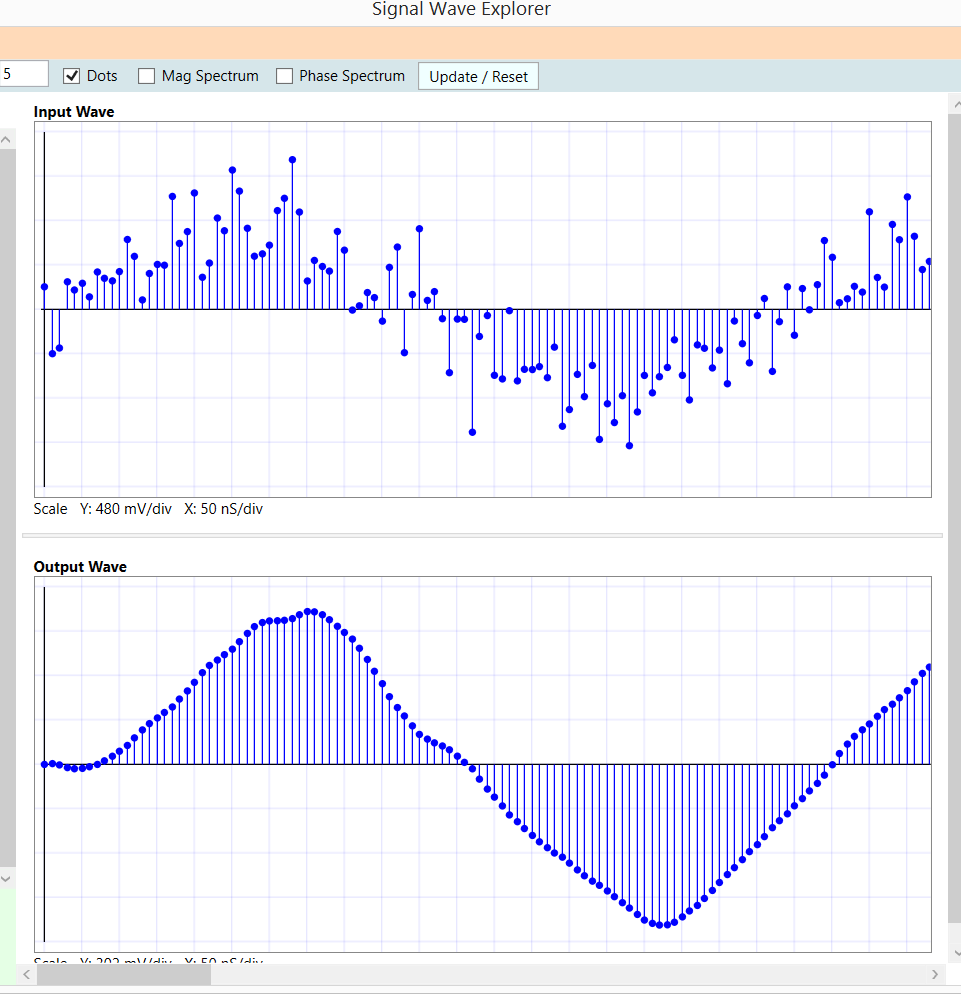If I want to generate some Additive White Gaussian Random Noise on top of my signal, how should I do it, if my waveform is triangular instead of being rectangular. Because I am sure I have to somehow account for this in the noise variance, but I don't know how?
\$\begingroup\$
\$\endgroup\$
6
-
\$\begingroup\$ expand on your frequency domains and purpose. \$\endgroup\$– D.A.S.Commented Mar 7, 2018 at 16:48
-
\$\begingroup\$ Did you want this for BER simulation? using SNR or a multiple of std.dev? \$\endgroup\$– D.A.S.Commented Mar 7, 2018 at 18:18
-
\$\begingroup\$ Would you like to look at correlation on 2nd harmonic output? or ratio of signal to noise (p-p) \$\endgroup\$– D.A.S.Commented Mar 7, 2018 at 18:40
-
\$\begingroup\$ @TonyStewart.EEsince'75 yes, I need it for BER simulation \$\endgroup\$– Rudy01Commented Mar 7, 2018 at 18:59
-
\$\begingroup\$ @TonyStewart.EEsince'75. No I just need it for signal to noise (p-p).... Not interested for second harmonic \$\endgroup\$– Rudy01Commented Mar 7, 2018 at 19:00
|
Show 1 more comment
1 Answer
\$\begingroup\$
\$\endgroup\$
Here is triangle-wave with 10db SNR random noise superimposed. The signal frequency is 1MHz; the noise bandwidth is 50MHz (set by the sample-spacing used to generate the waveform).
The lower waveform shows the output of a 3MHz L+C 2-pole low-pass-filter

